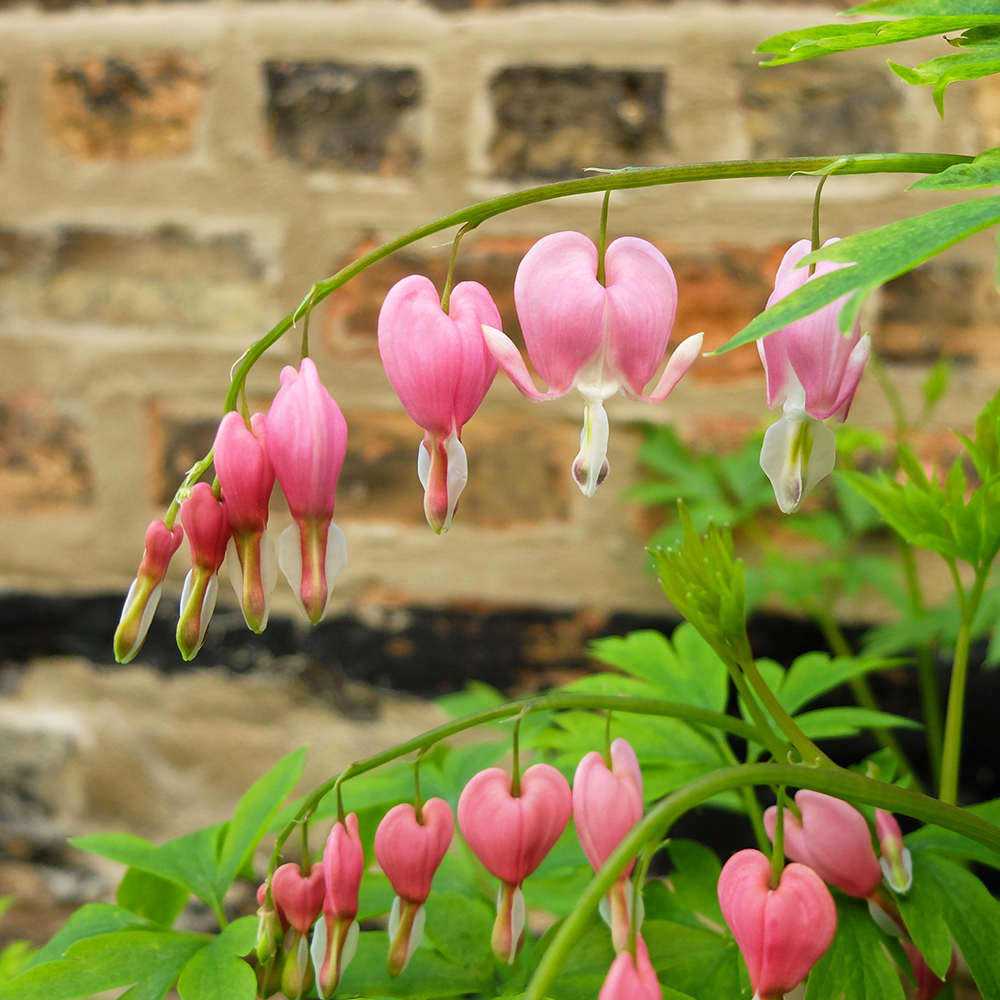 The Bleeding Heart blooms in late spring. The flowers are generally pink and/or white forming an arch of heart shaped flowers each one more mature than the next. The Bleeding Heart is clearly named after it’s heart-shaped flowers which appear to have a small drop of blood at the bottom of the heart.
The Bleeding Heart blooms in late spring. The flowers are generally pink and/or white forming an arch of heart shaped flowers each one more mature than the next. The Bleeding Heart is clearly named after it’s heart-shaped flowers which appear to have a small drop of blood at the bottom of the heart.
Location: Chicago, IL
Common Name: Bleeding Heart, Lyre Flower, Lady in a Bath, Lady’s Locket, Tearing Heart, Venus’s Car, Dutchman’s Breeches
Botanical Name: Lamprocapnos spectabilis, Dicentra spectabilis
Family: Papaveraceae
Origin: Native to Siberia, Northern China, Korea and Japan
Care: The bleeding Heart is a perennial that blooms in late spring to early summer, it prefers a shady area with moist conditions, but can tolerate full sun if watered adequately.
Propagation: Can be propagated by seed, cutting, or by dividing.
Toxicity: All parts are poisonous, it is not recommended to ingest this plant. Take caution when handling as it may cause skin irritation. Although this plant is toxic to humans and cows, it is a rich food source for some larvae, ants, and butterflies.
Tidbit: When you turn one of the Bleeding Heart flowers upside down and gently pull the petals apart, a lady in a bath will be revealed, hence one of the nicknames, Lady in a Bath.





Leave a Reply